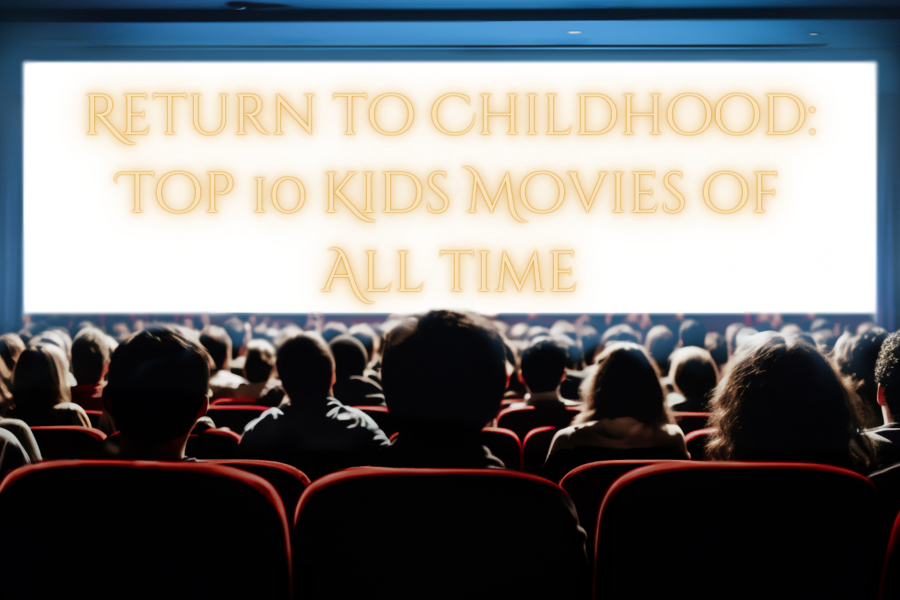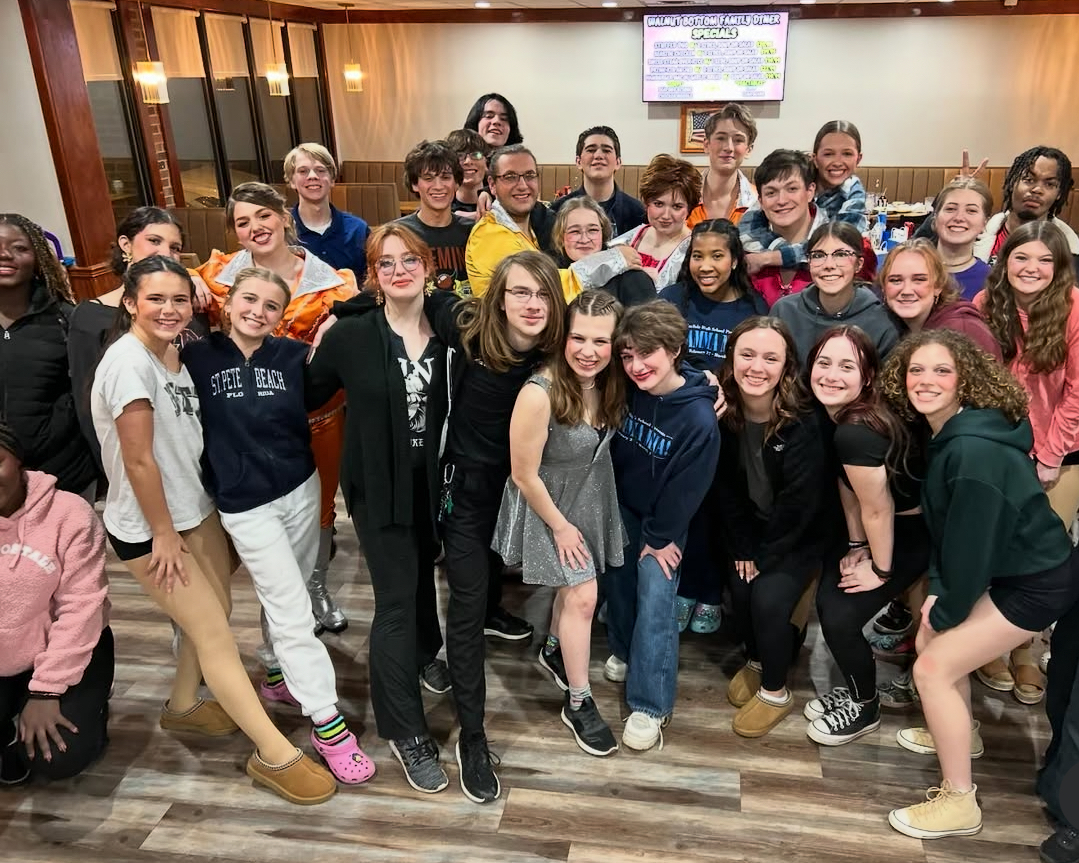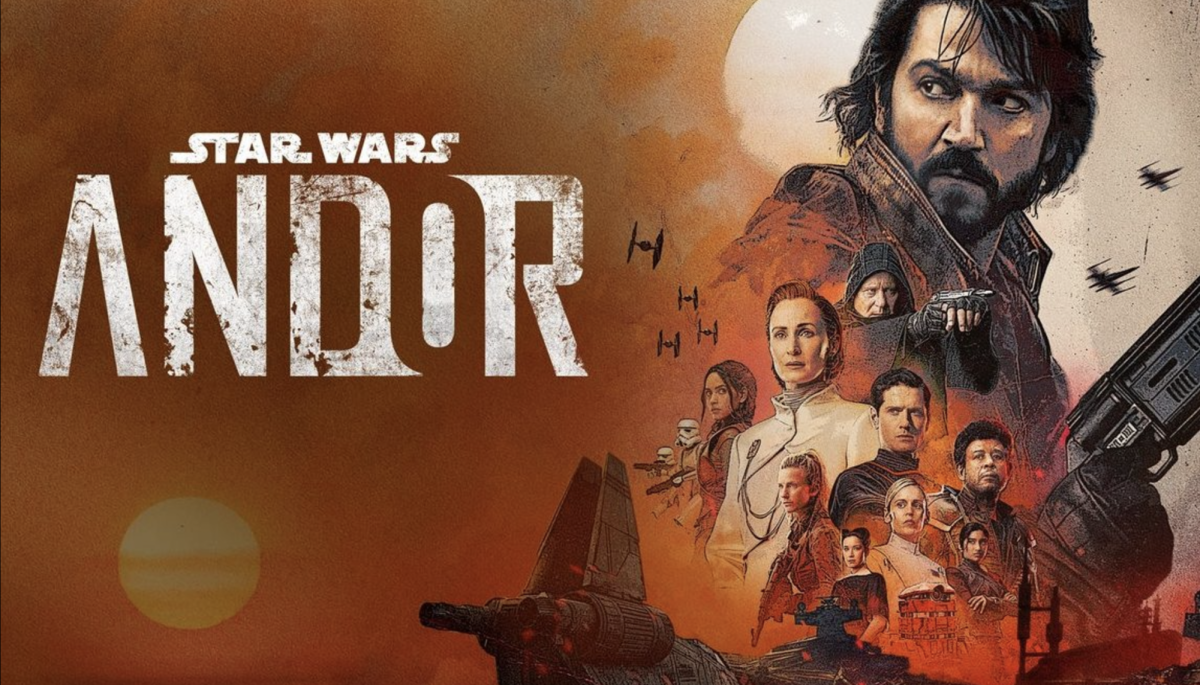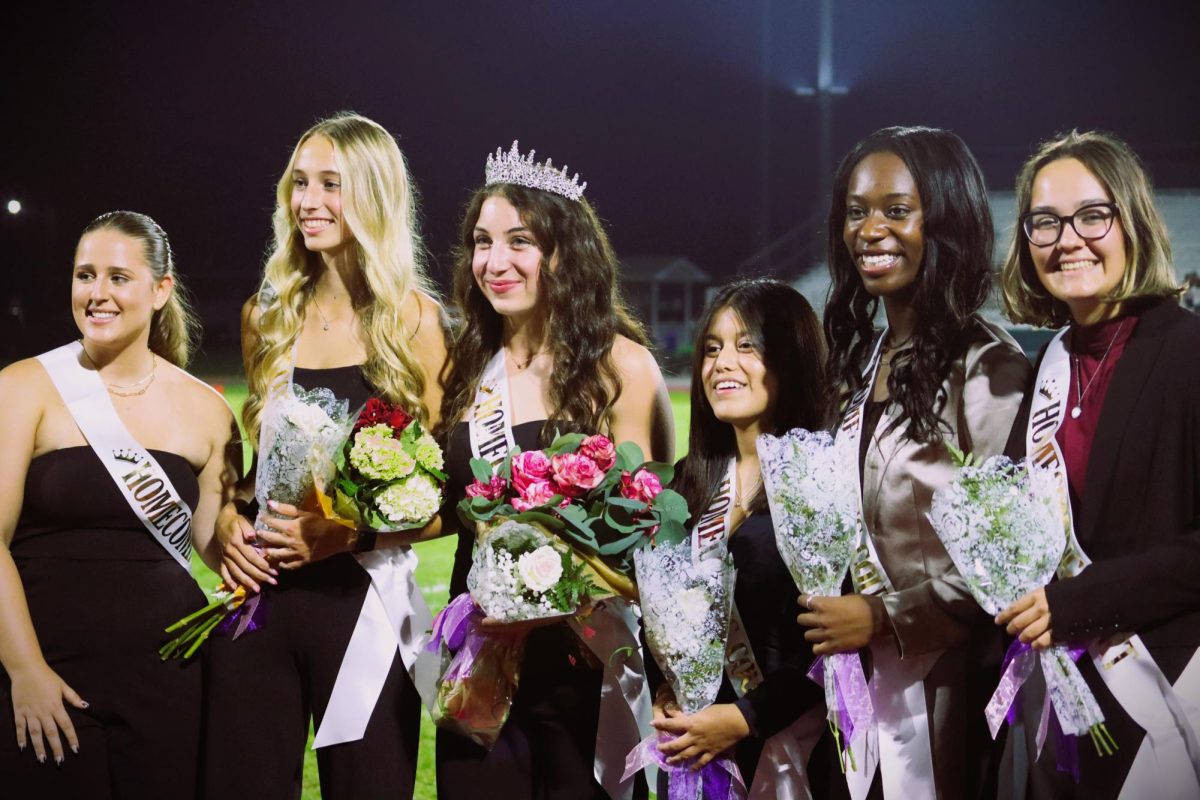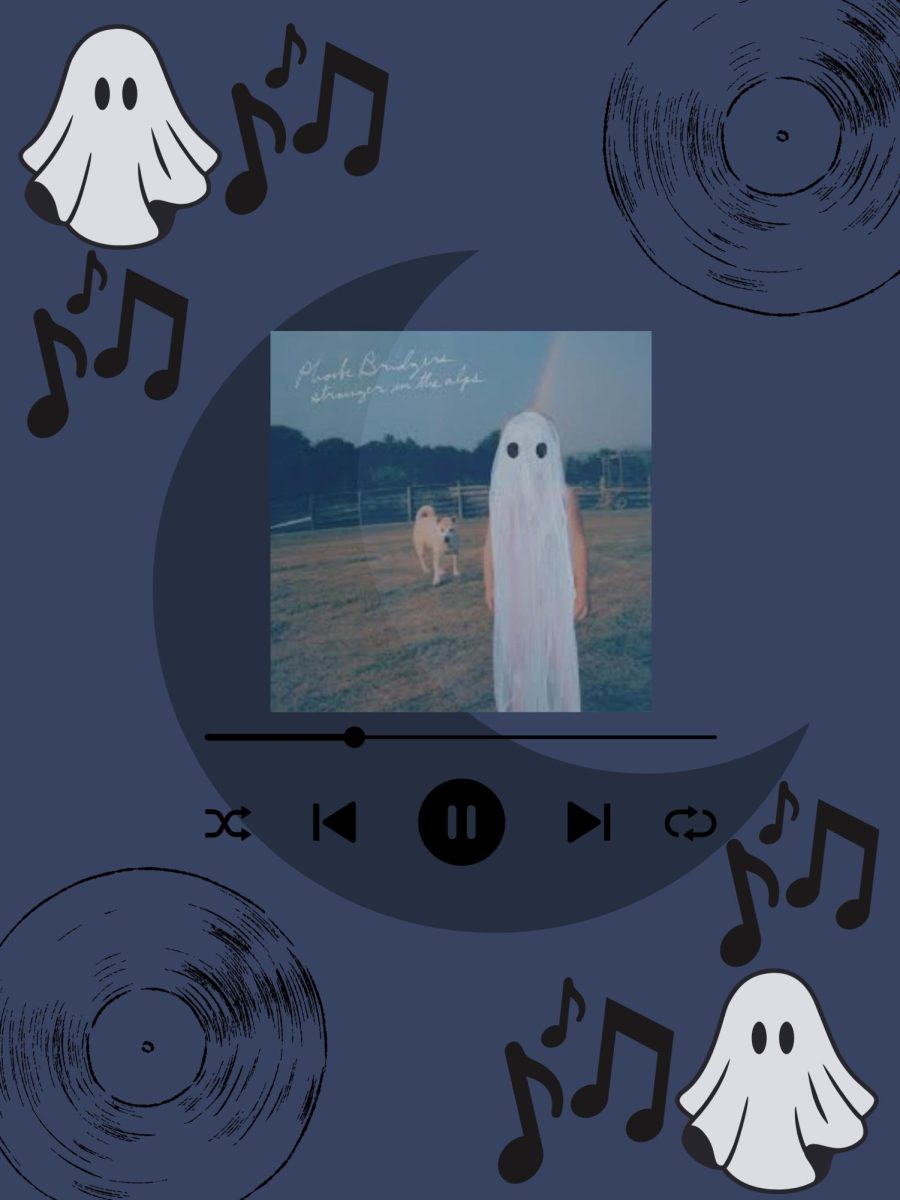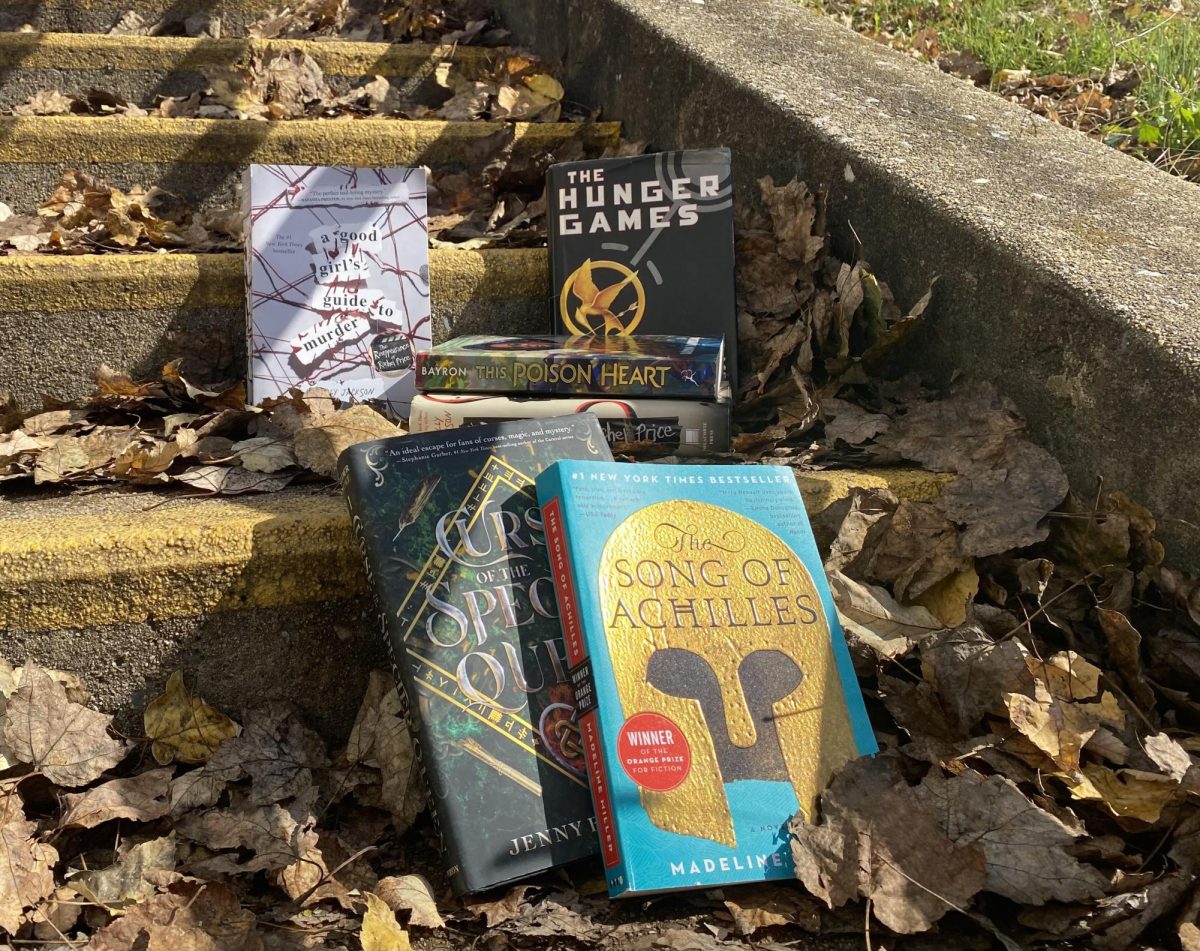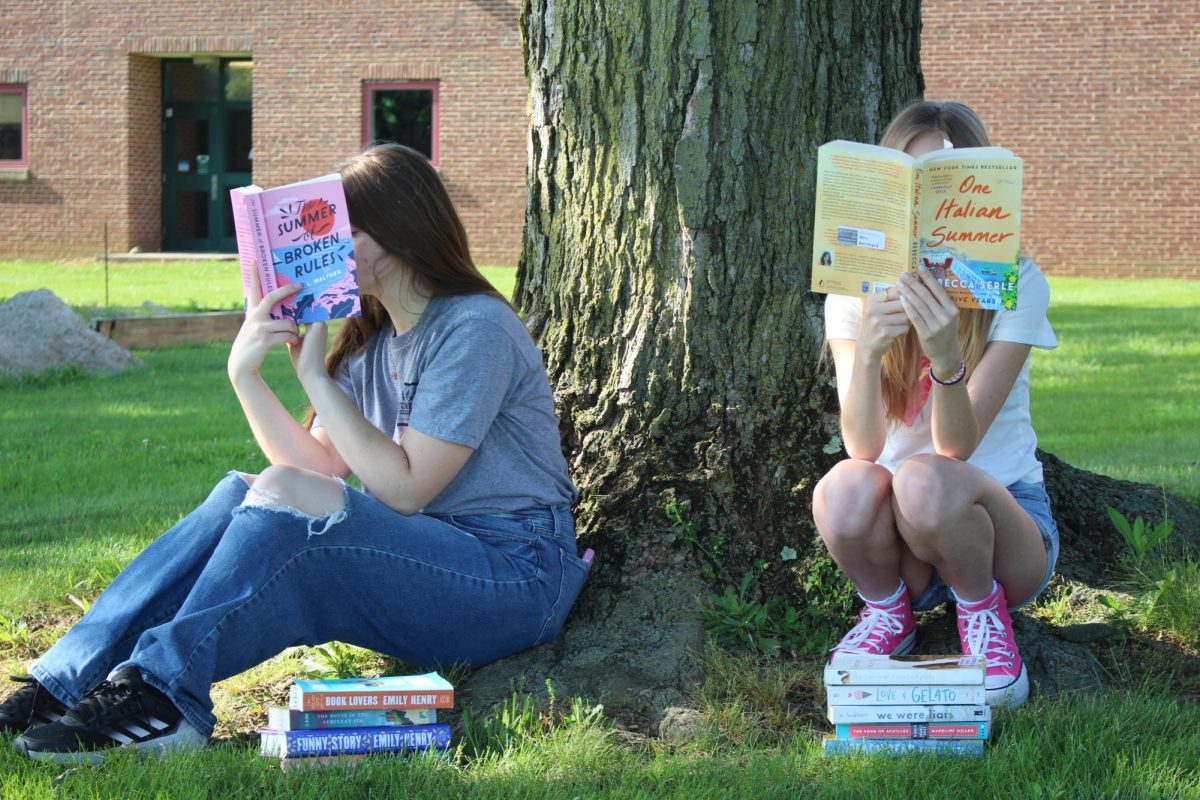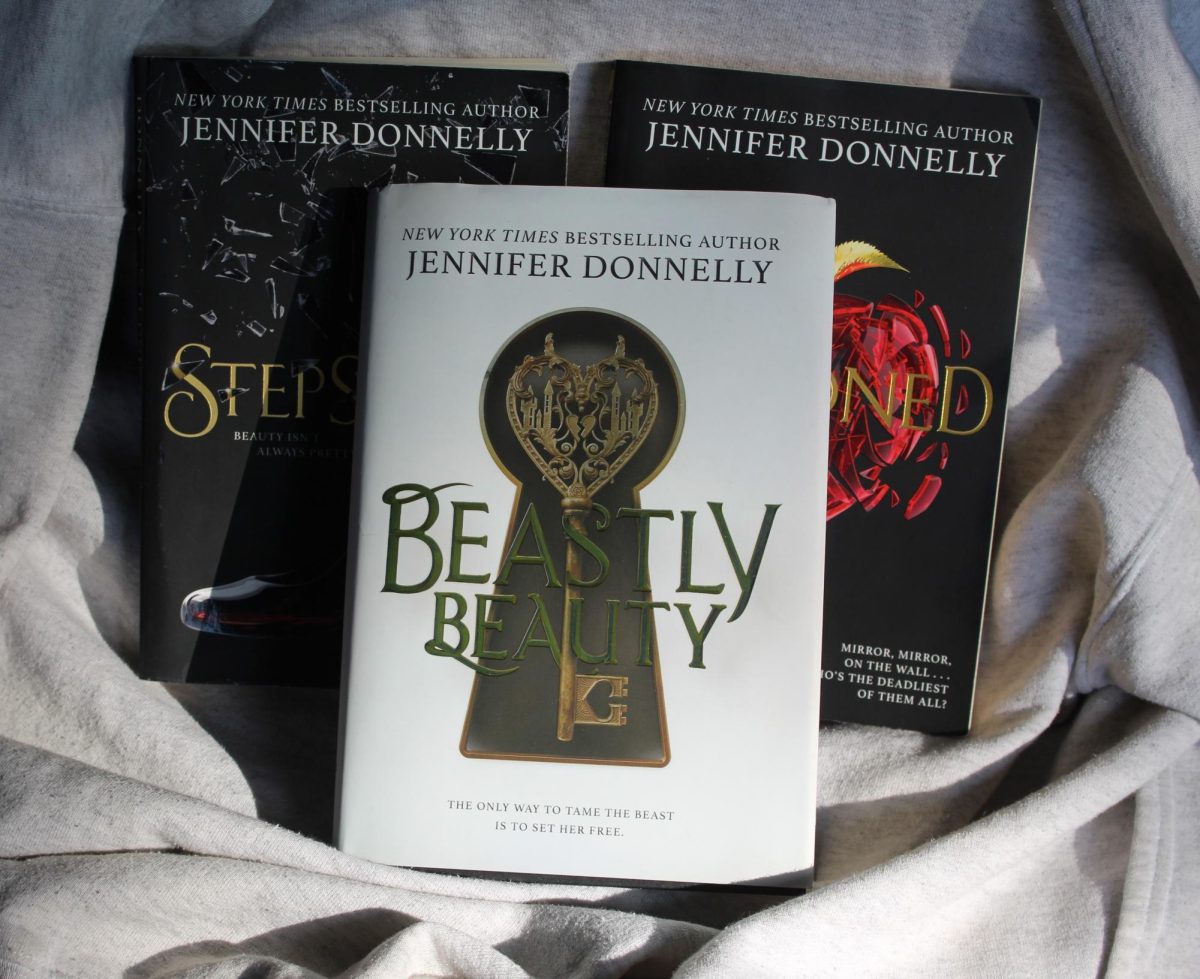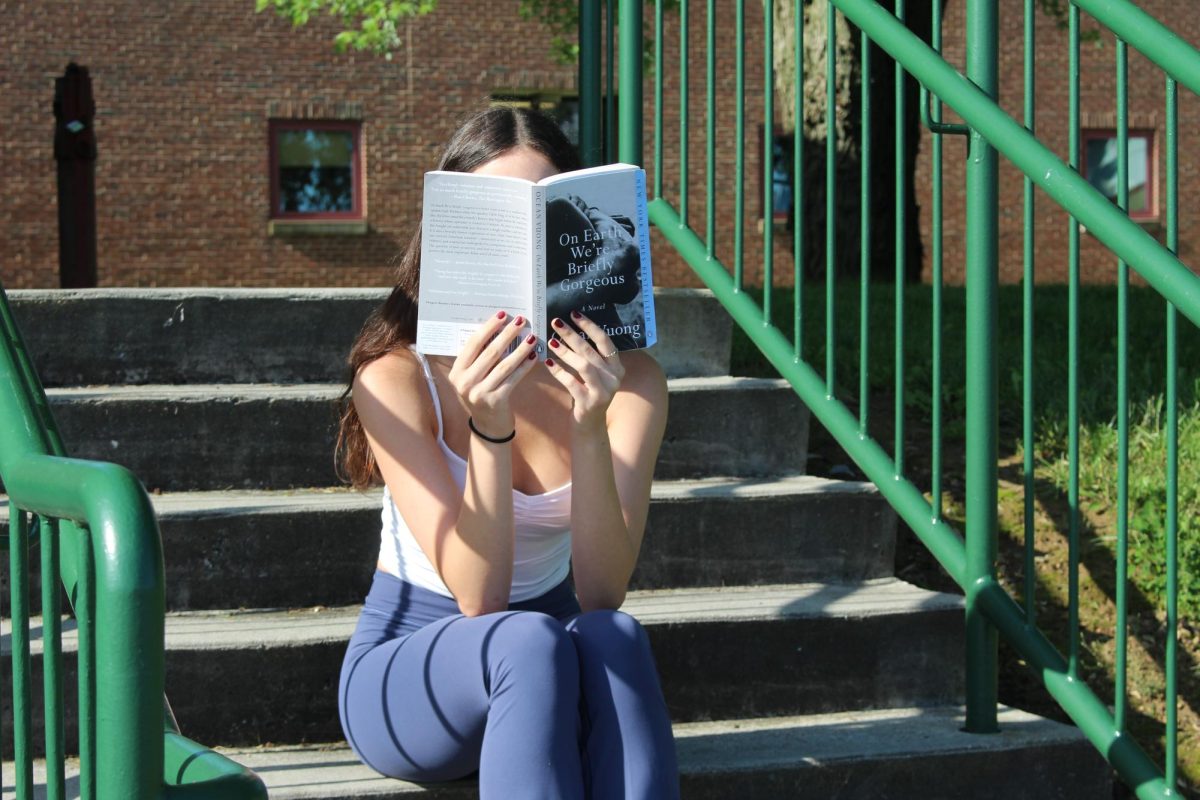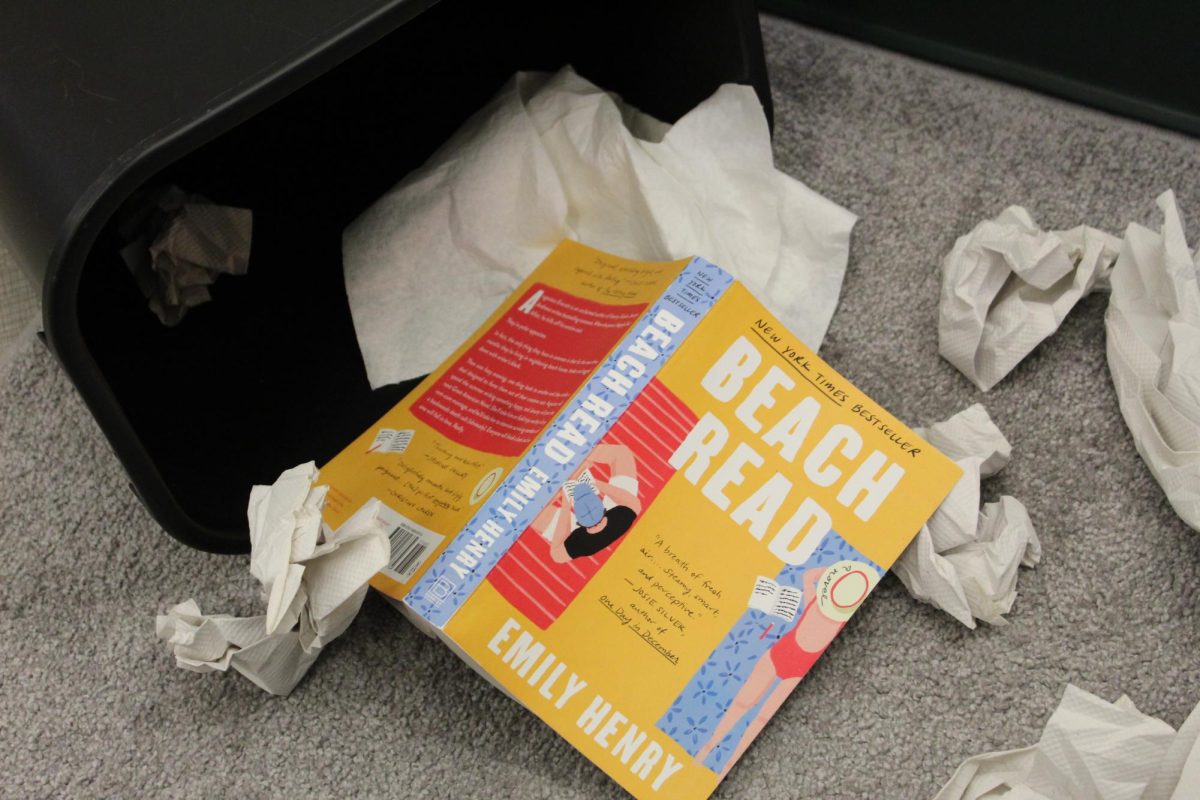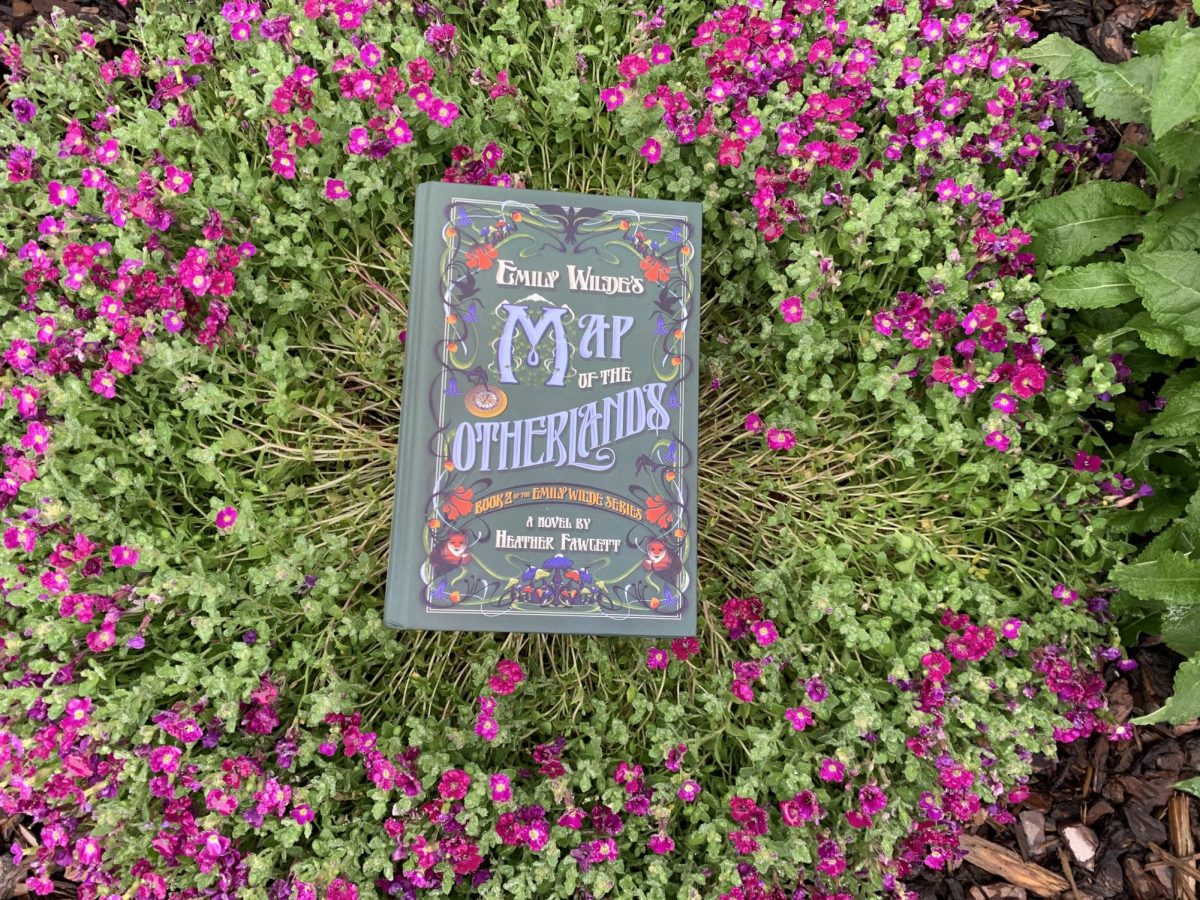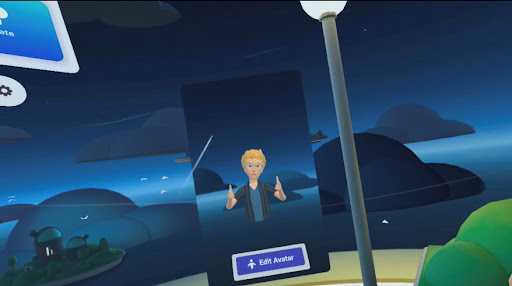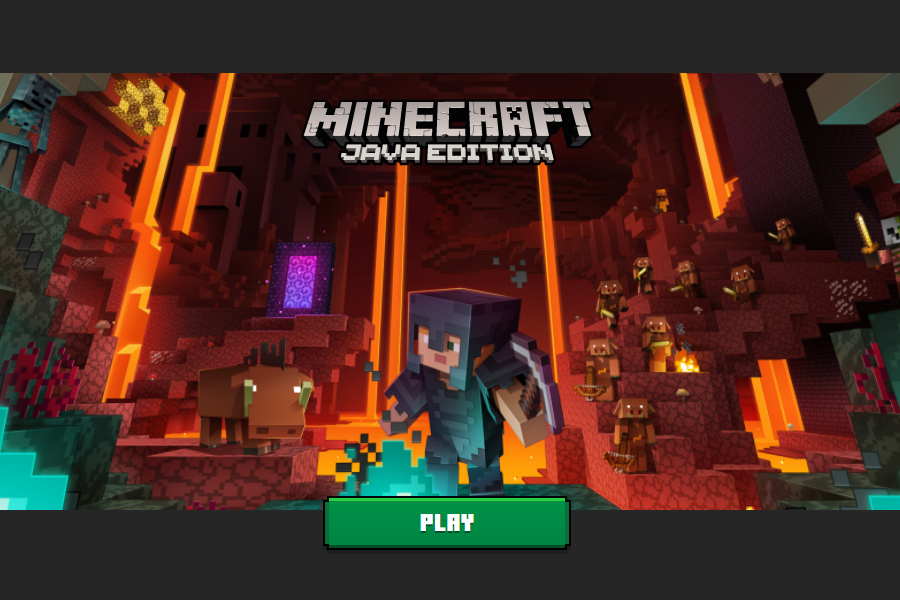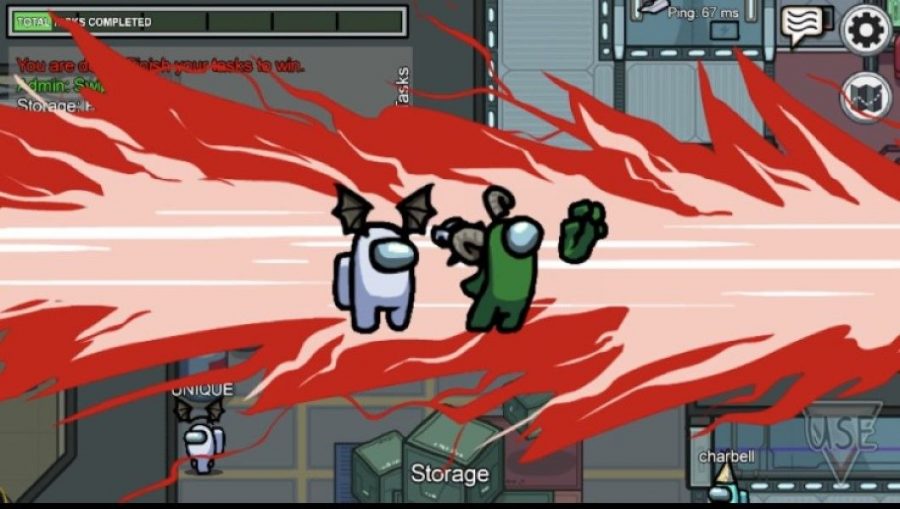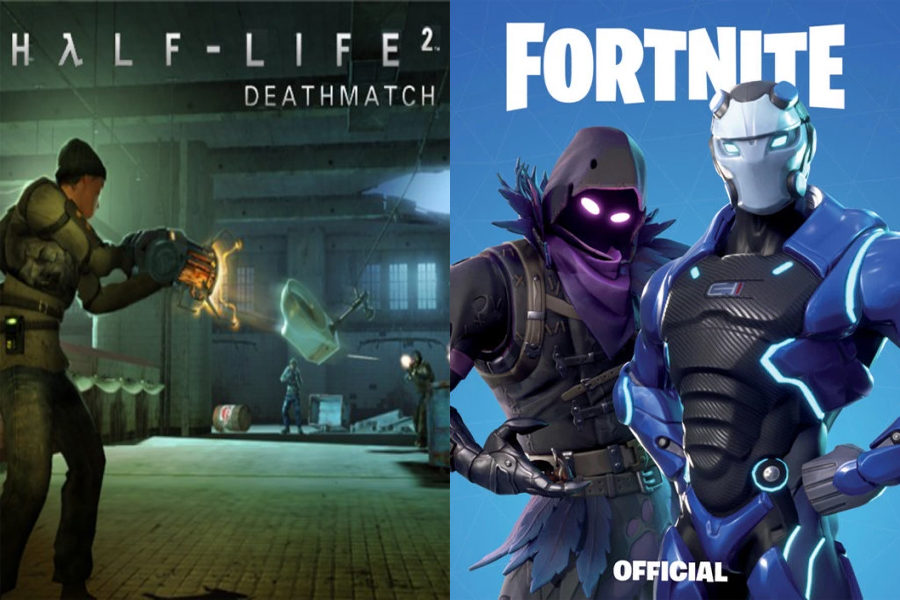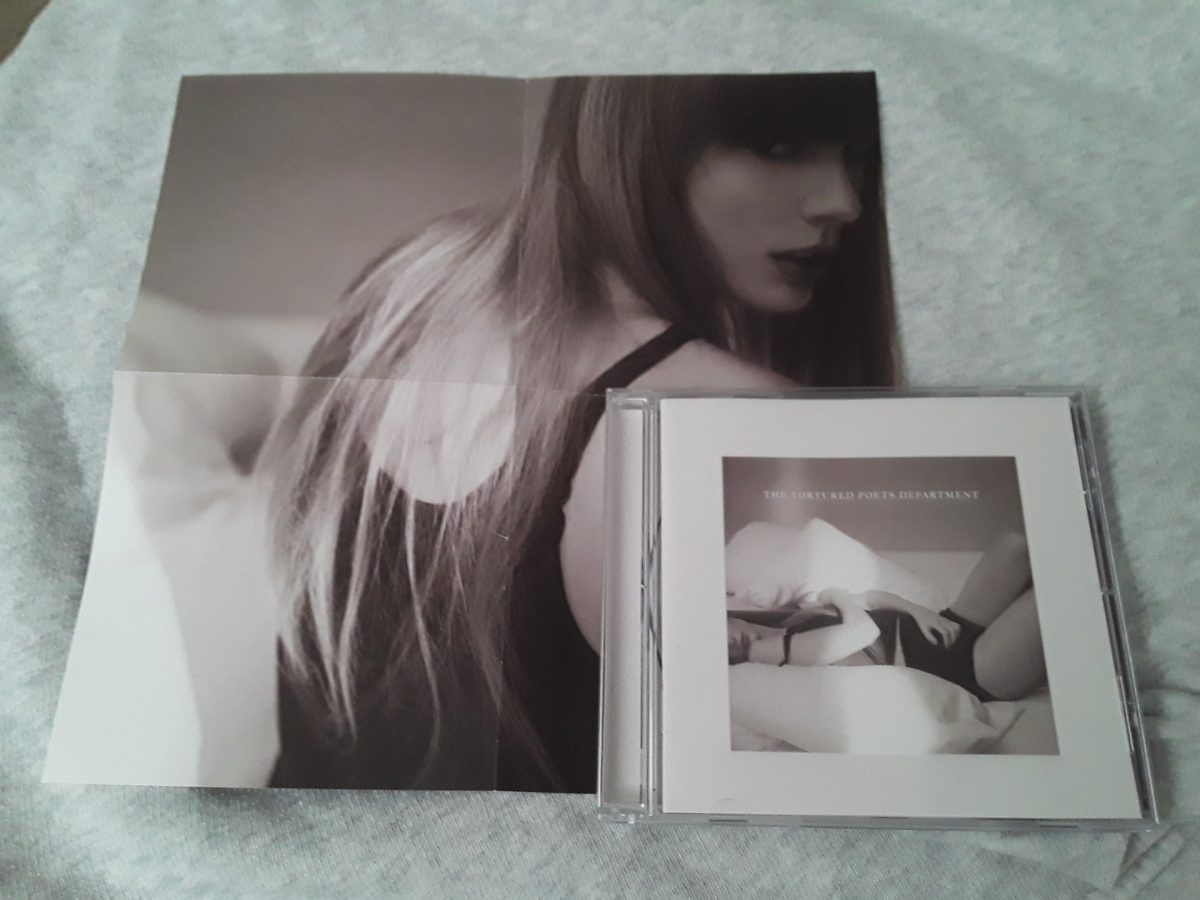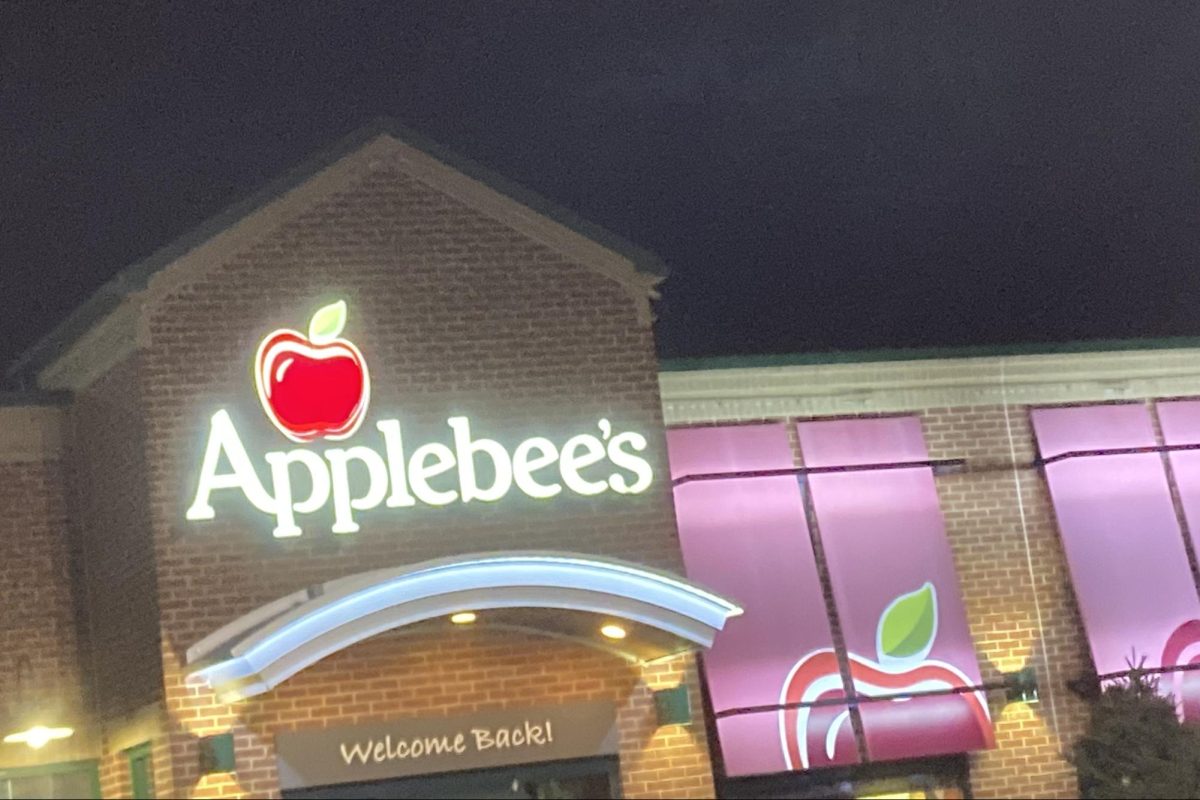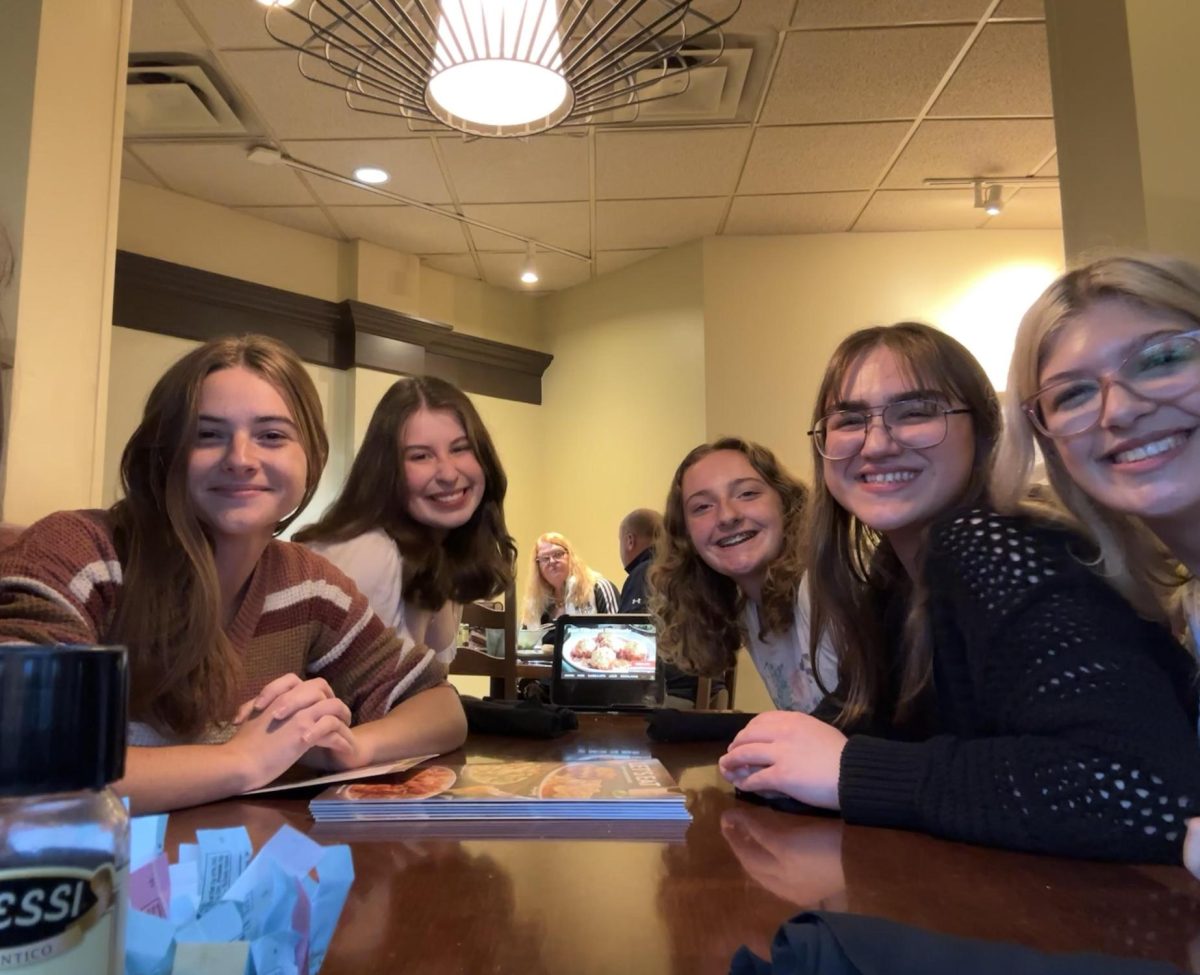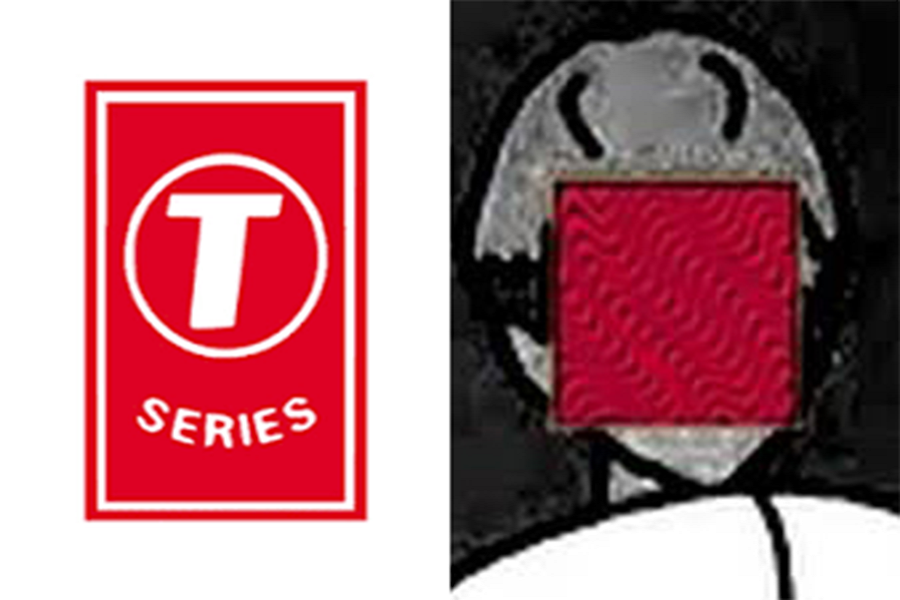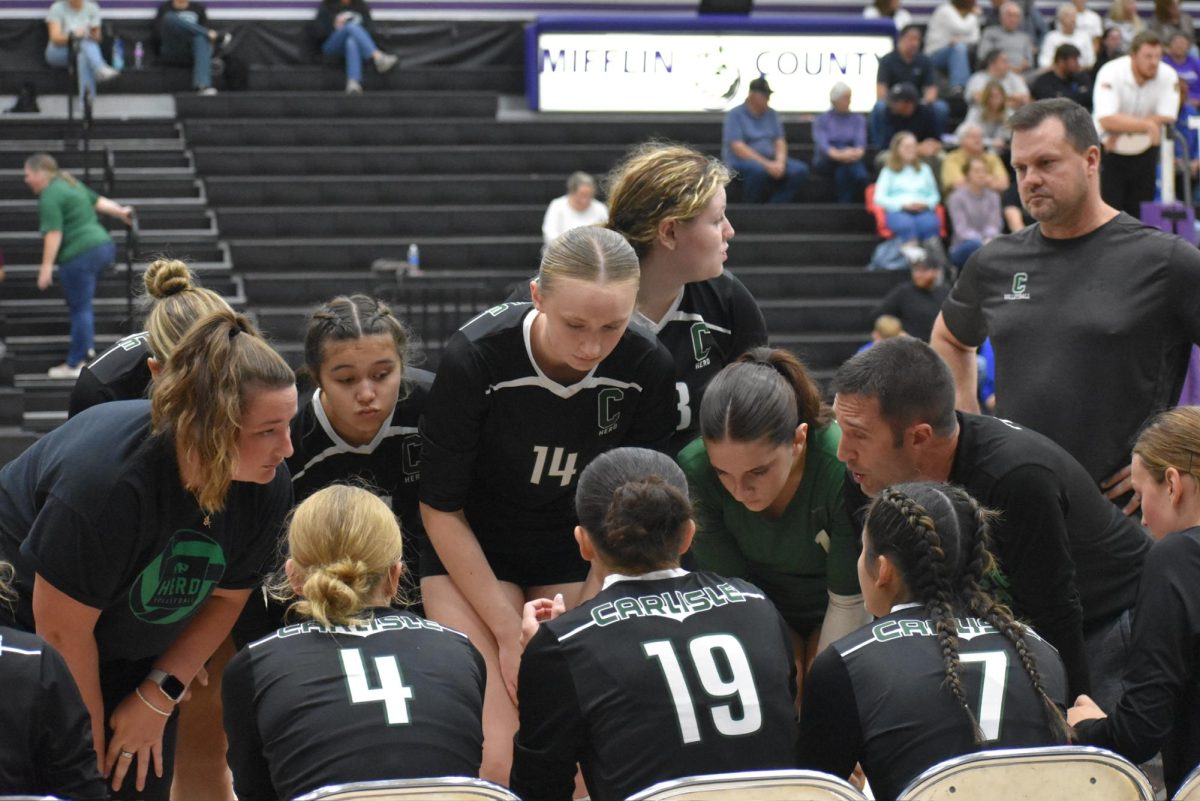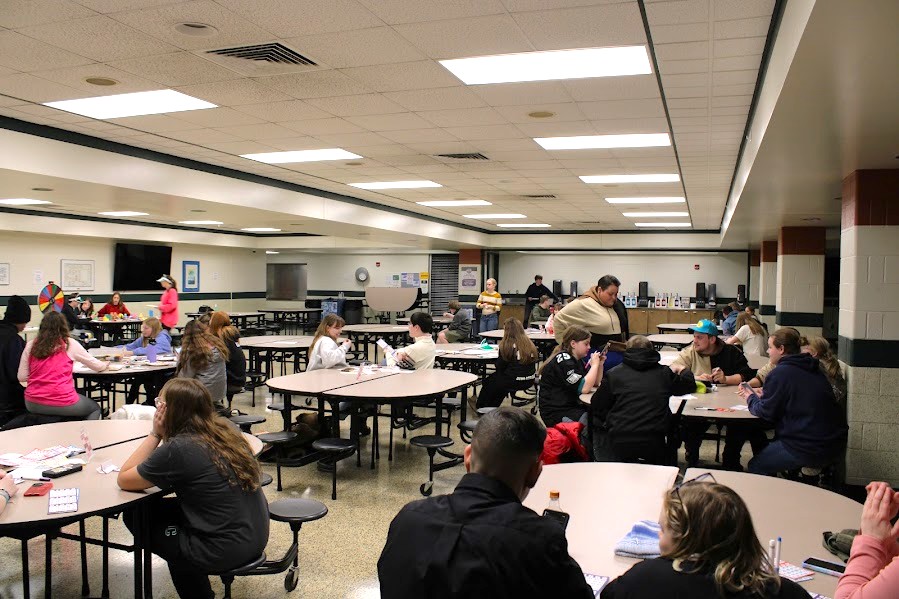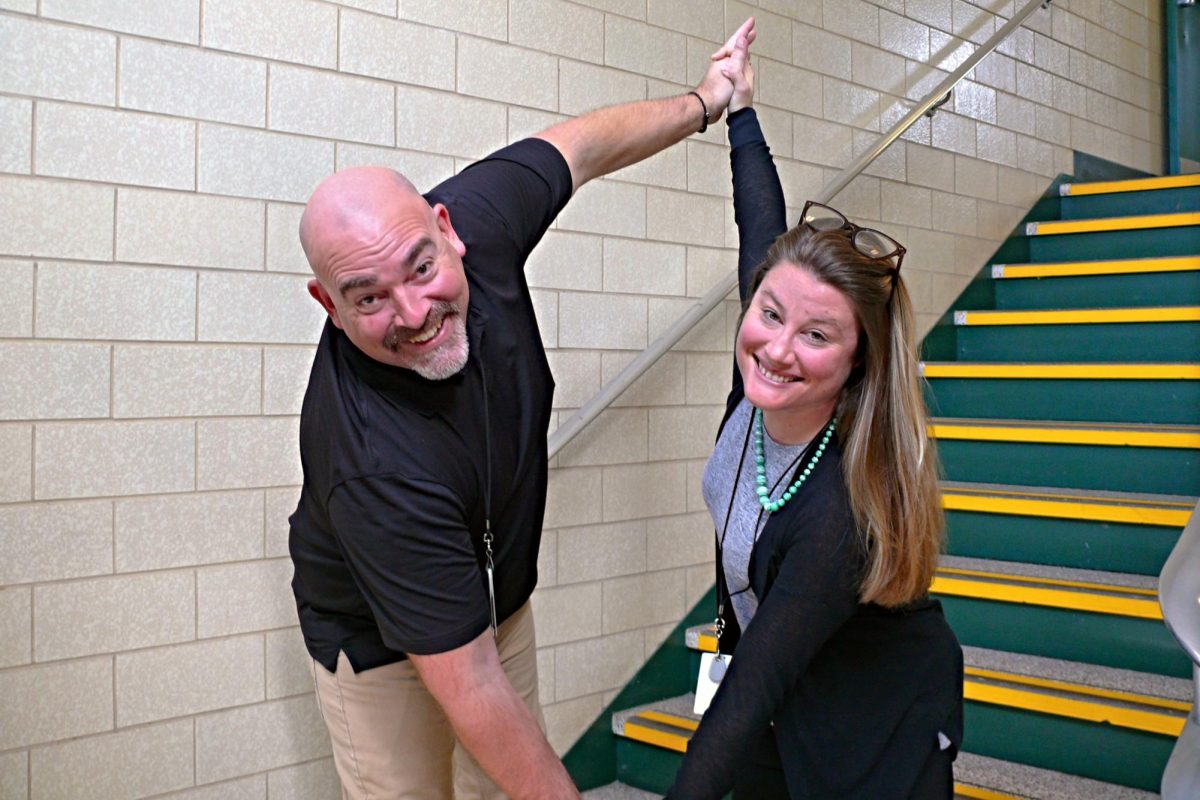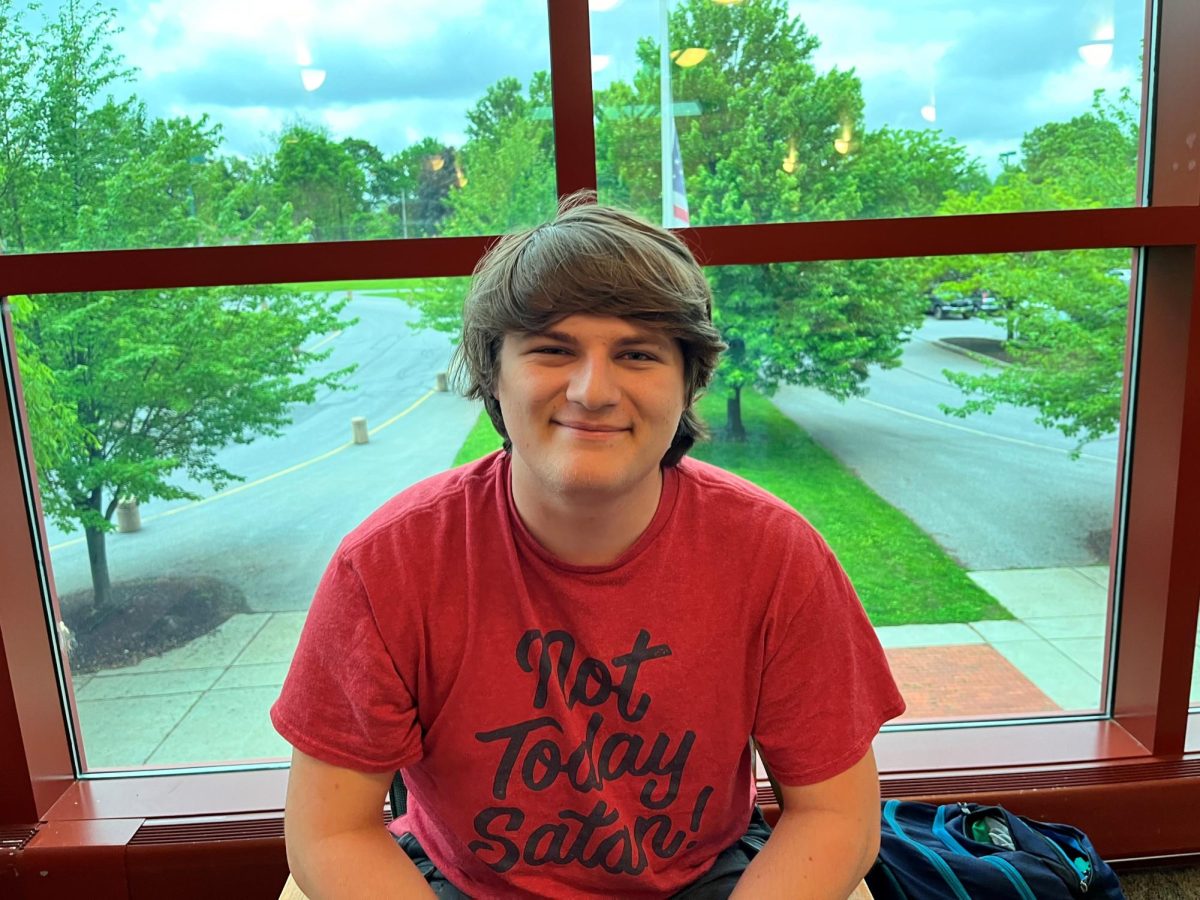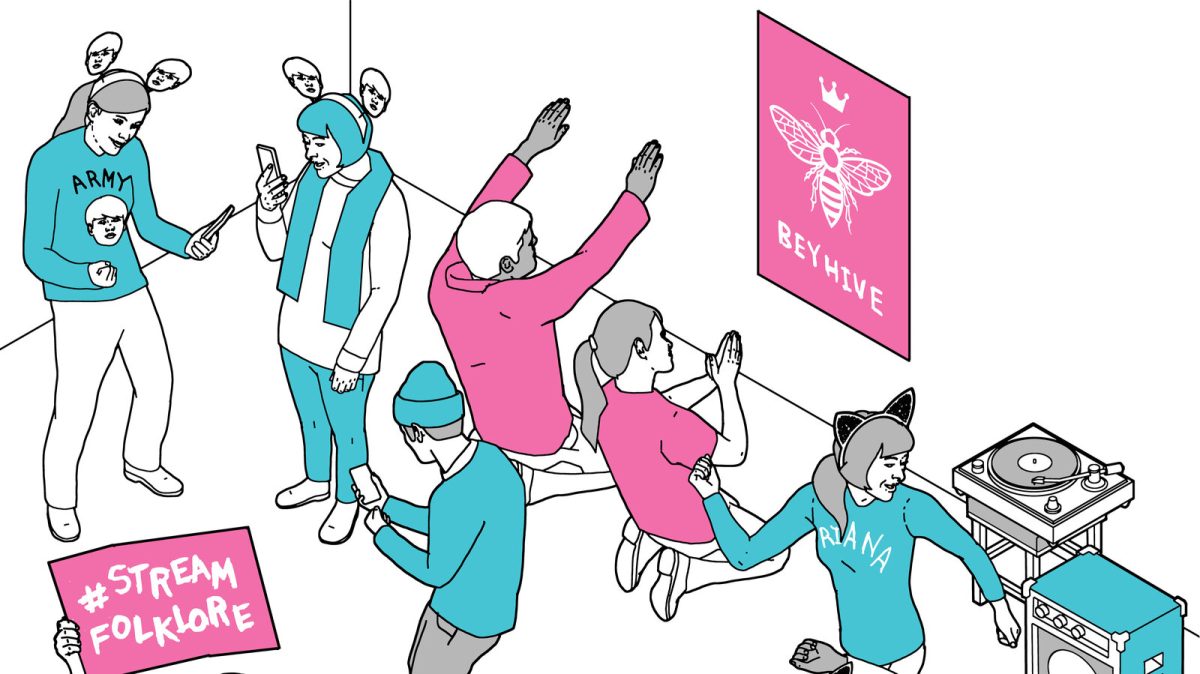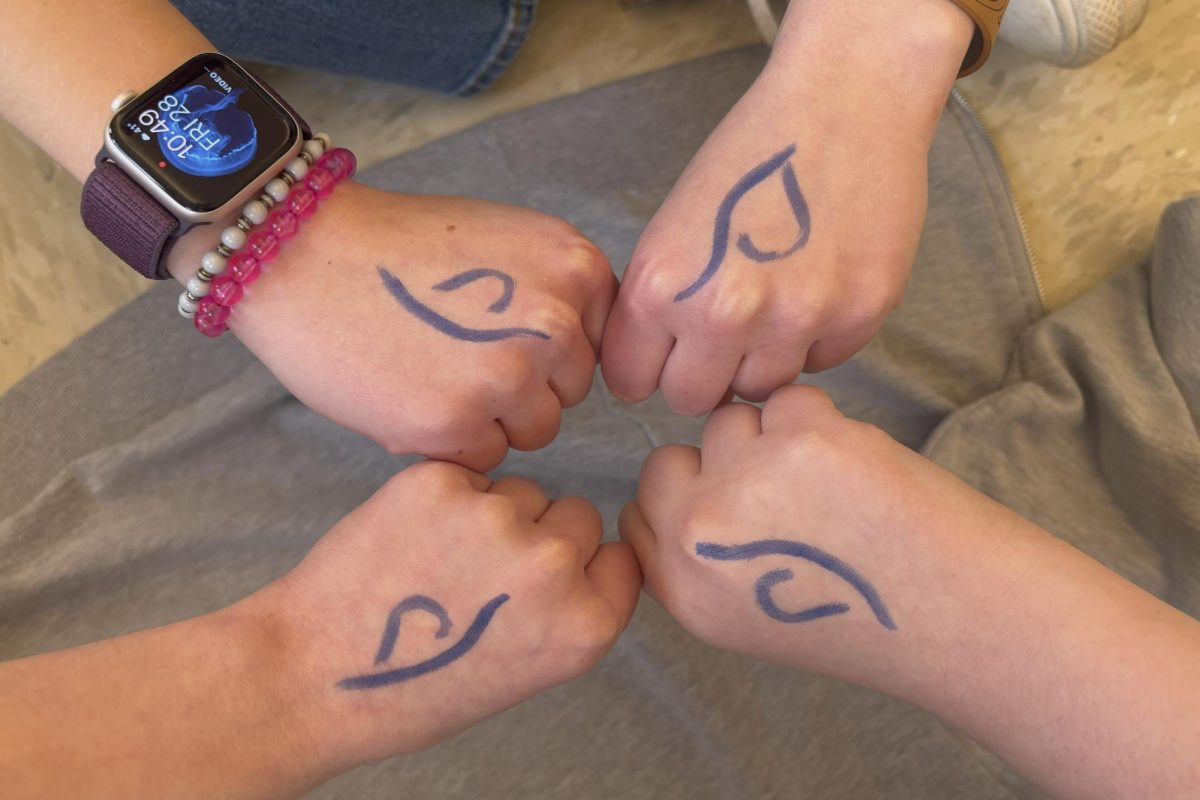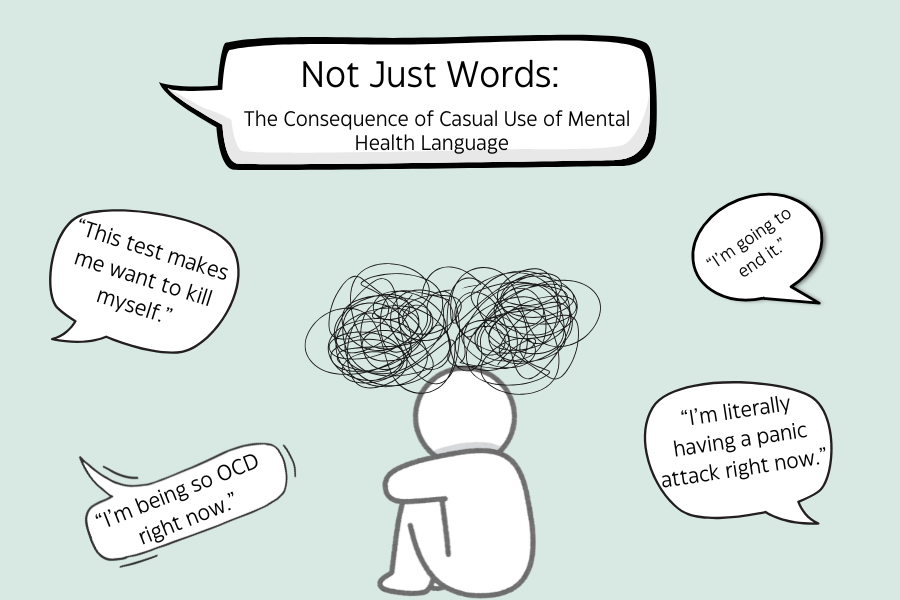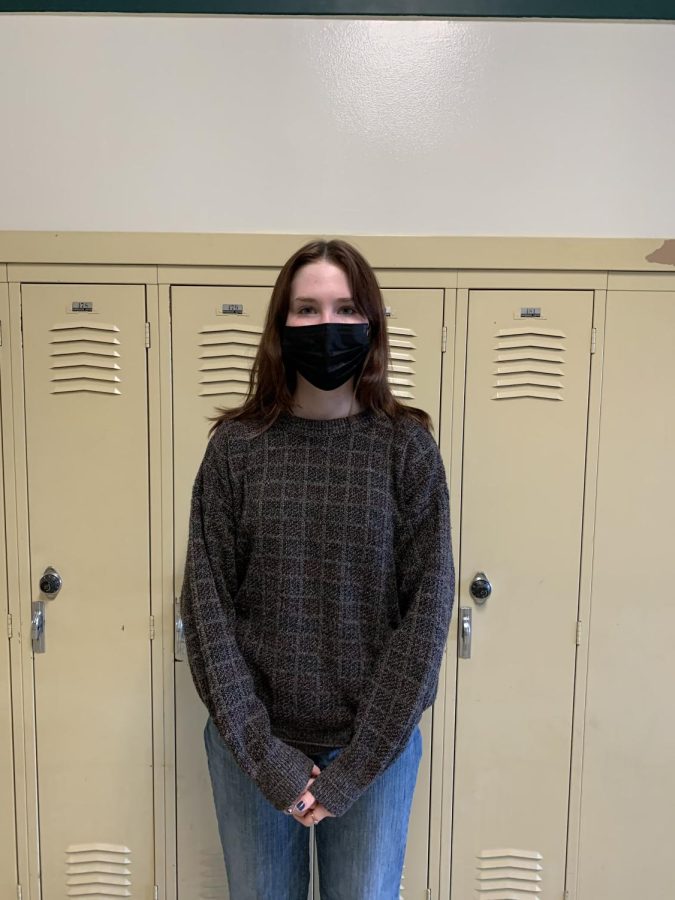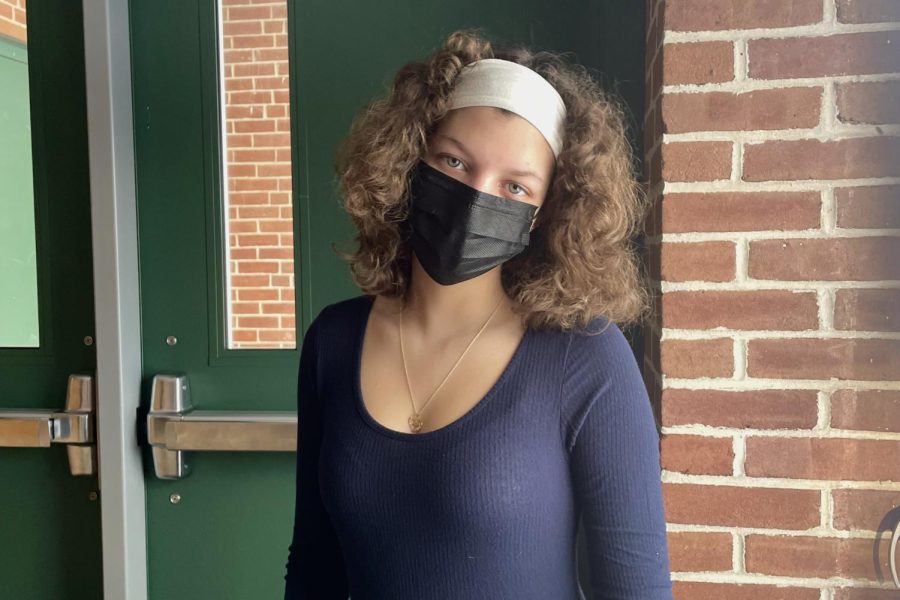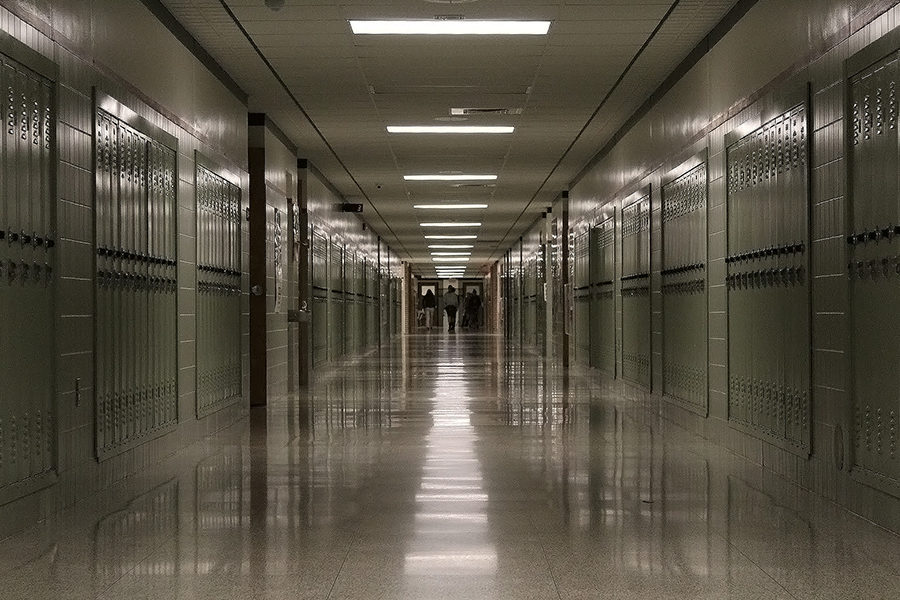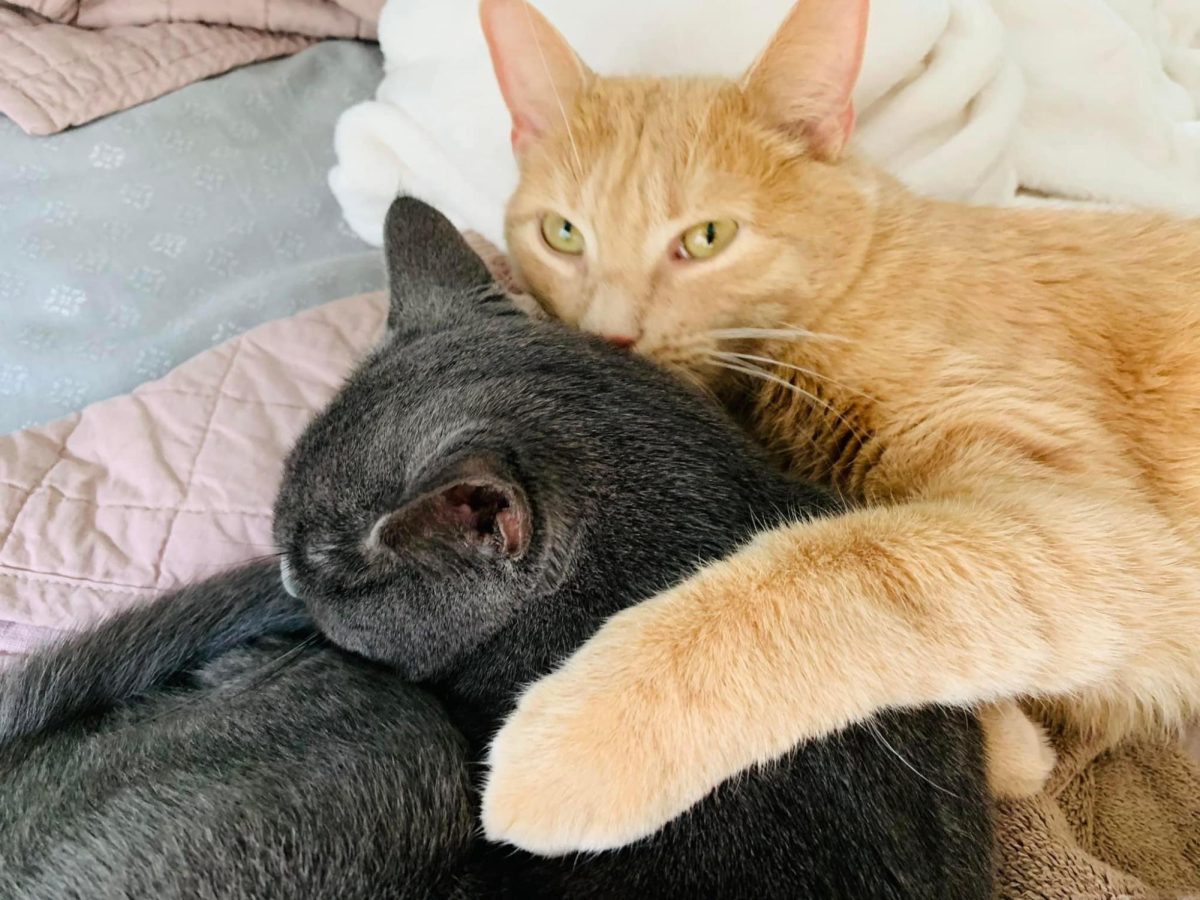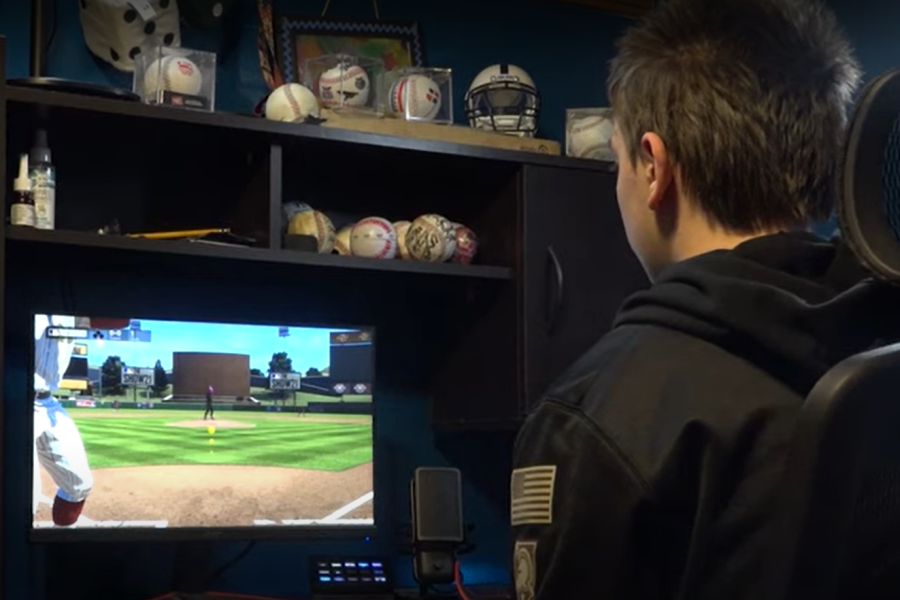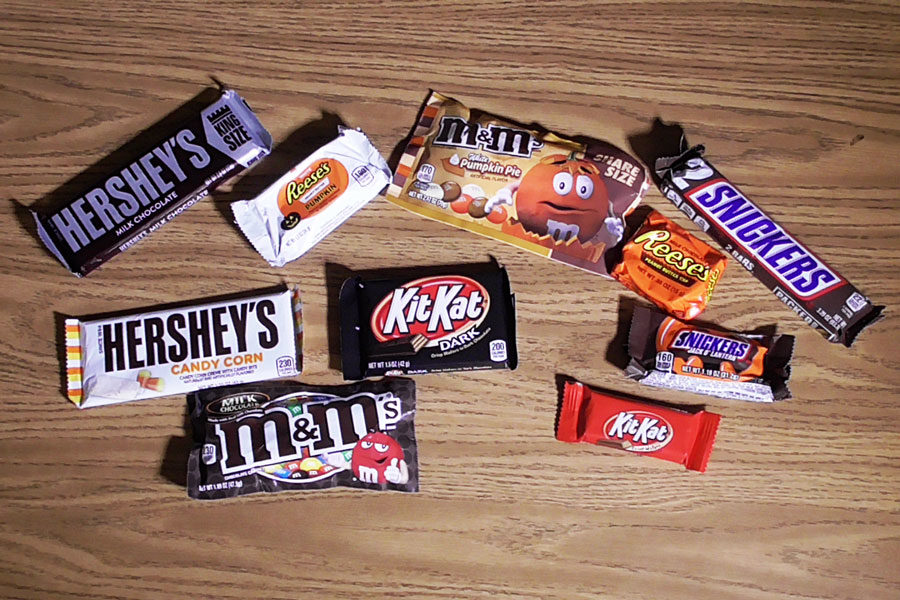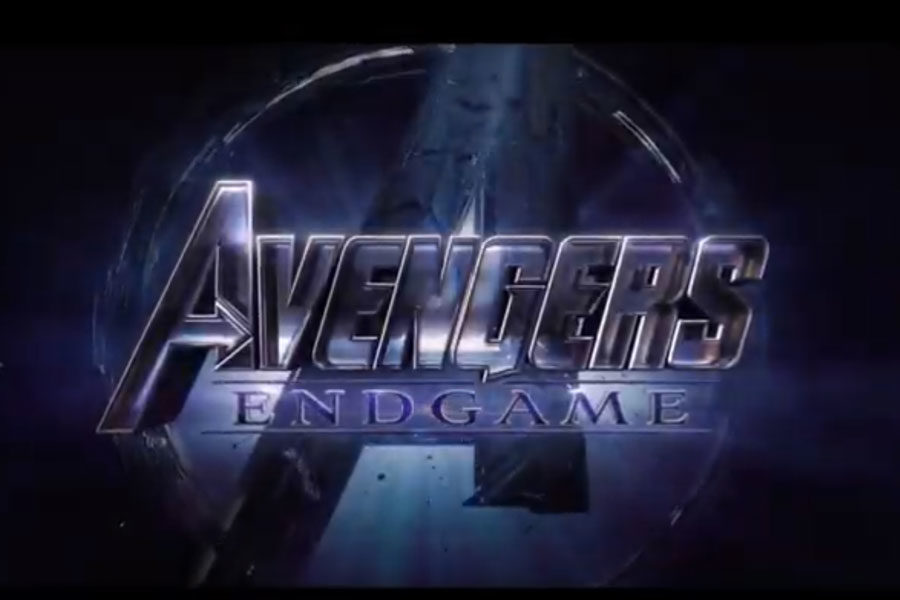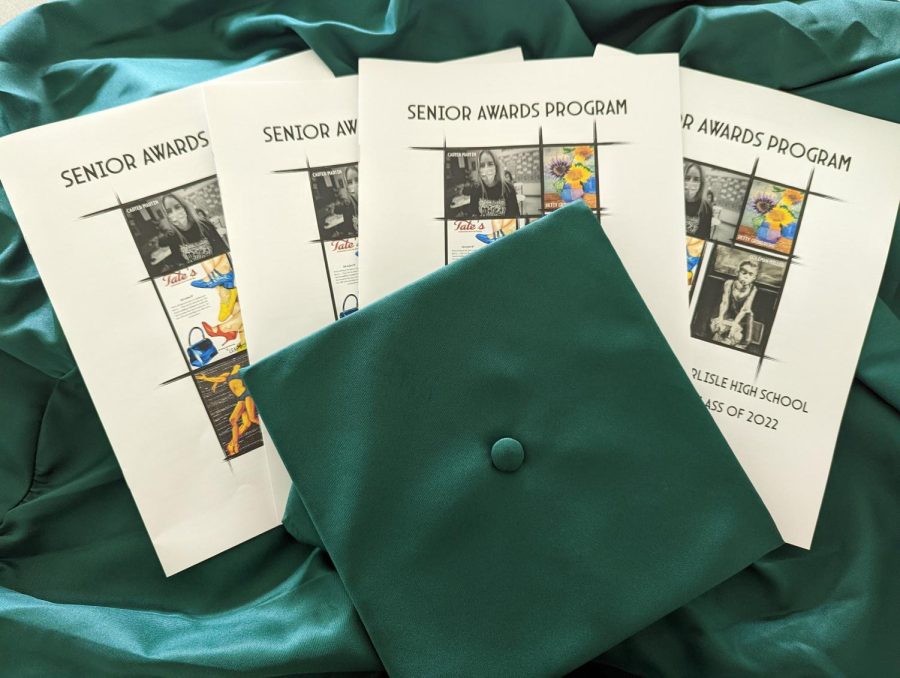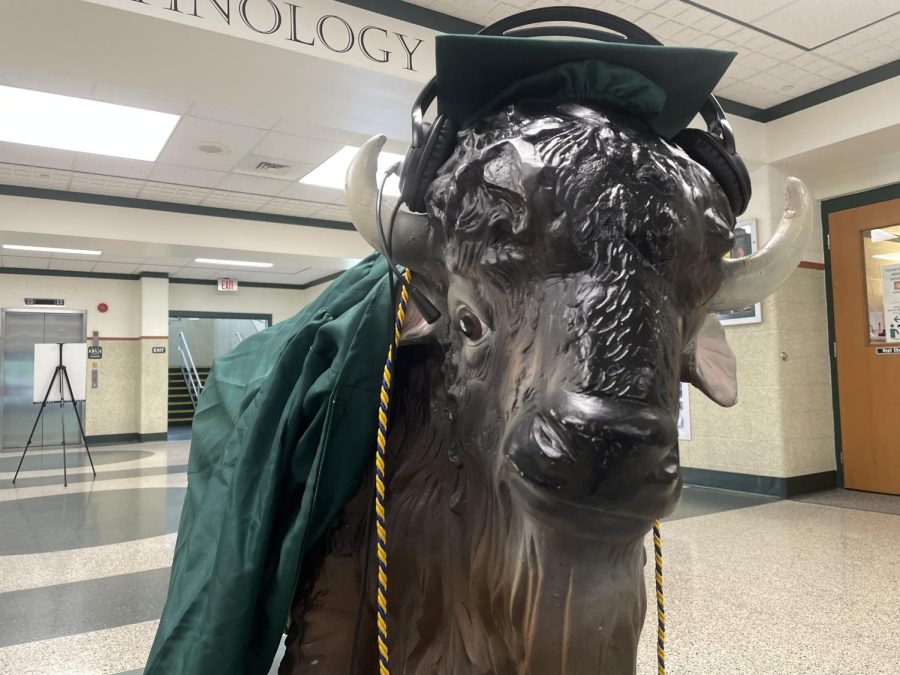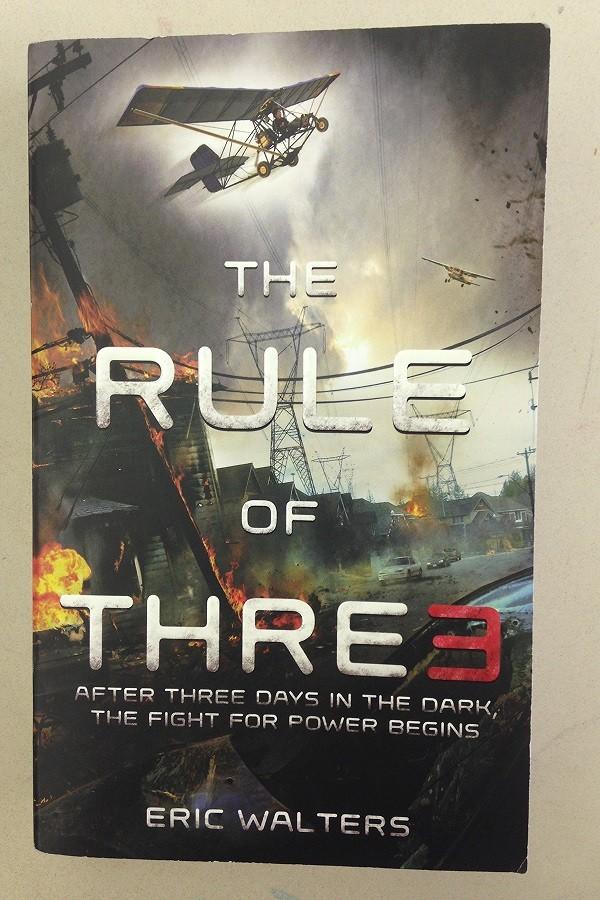‘The Rule of Three’ will leave you in darkness (Review)
At a Glance
Title: The Rule of Three
Author: Eric Walters
Publisher: Square Fish
Publication Date: Jan 2015
Pages: 405
Genre: Post-apocalyptic/dystopian/science fiction
Eric Walters’ novel The Rule of Three follows the story of Adam Daley, a high school student from a large suburb in modern-day Canada. He and his friend, Todd, were working on an essay when suddenly their computer shut off, along with any other technology connected to a network.
With the world plunged into darkness, Adam finds himself increasingly more appreciative of his Chief Police mother and his mysterious neighbor, Herb Campbell. As the neighborhood bands together to preserve human morals in an inhumane world, Adam realizes how dangerous things can get when people are desperate.
The plot was compelling, and much different from most of post-apocalyptic/dystopian novels I’ve read. While many YA dystopians are set far off in the future, The Rule of Three is set in our time. The events in Walters’ book could occur at any moment in real life, unlike the situations in other books in the genre.
However, Walters didn’t do the plot justice. If this book were written by a first-time author, I would give it four out of five stars. Unfortunately, Walters is not a first time author. With over 80 novels and picture books published, I would have thought that he would have mastered various skills by the release of this book. However, while the plot was in theory a good idea, I found myself with more questions than answers by the end of the story.
Character development was virtually nonexistent. The characters, even the ones on almost every page, were flat and two-dimensional. The only character I felt like I knew at all was Adam, which makes sense because I read from his perspective. But even he seemed distant and unreal. None of the characters “came alive” for me, or even close. When I closed the book, the characters disappeared without a lasting impression.
The lack of development in characters carried over the dialogue. The conversations were too blunt and choppy to seem slightly realistic, and the word choice was generally awful. The mood of the conversation stayed at steady indifference, with an occasional hint of hesitation. Meaning, the chaos of the situation wasn’t represented in actions or words, which left the situation seeming like much less of a problem than it was.
Aside the lack of character development and awkward dialogue, the narrating was decent at best, but often felt immature and childish. It did not fit the standard I would set for YA fiction. I often found the descriptions basic, but occasionally Walters had a good run. Overall my image of the characters, settings, and events came from my own fabrication rather than guidance from the author.
Overall, the book wasn’t great; I give it 2.5 out of 5 stars. If you’re going on a road trip, or don’t know what to do on a rainy day, and looking for a quick, easy read to pass the time, this book is perfect for the job. However, the book didn’t reserve a special spot on my shelf, and I wouldn’t recommend it to readers looking for a thought-provoking story.
Want to help the Herd? Please consider supporting the Periscope program. Your donation will support the student journalists of CHS and allow us to purchase equipment, send students to workshops/camps, and cover our annual website hosting costs.

Sarah Payne is in 10th grade. She works in Periscope as a Perspectives Writer. She reads, writes, and watches movies. Her favorite book is the Hobbit,...


